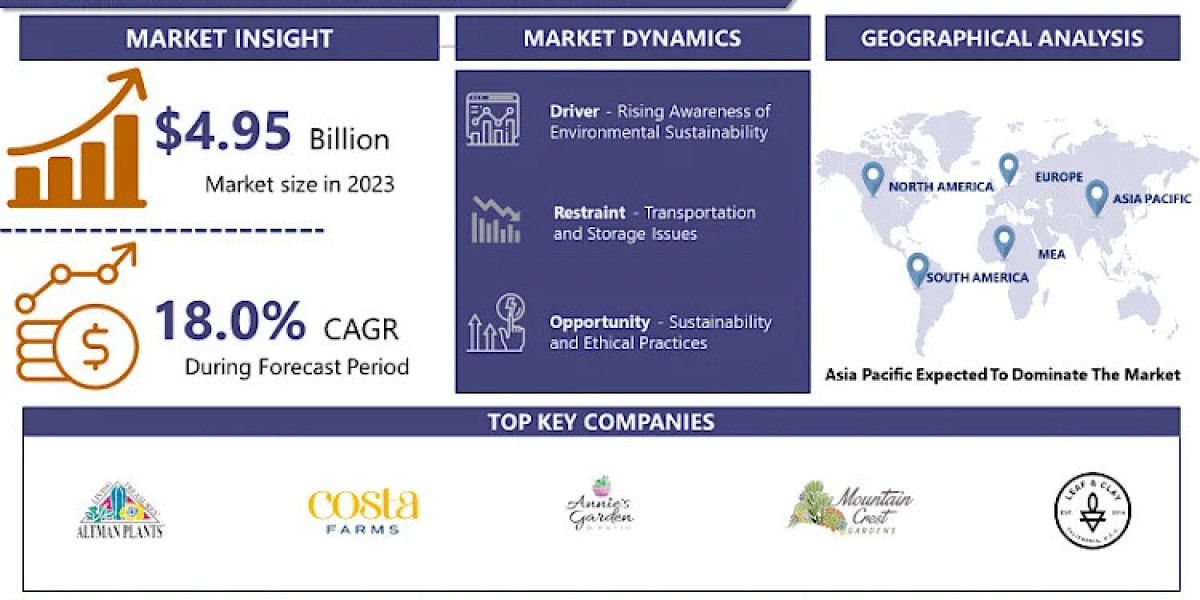To successfully expand into international markets, businesses must tailor their Go-to-Market (GTM) strategy to address unique challenges and opportunities. This blog will explore the essential components of a GTM strategy for international expansion, emphasizing the importance of understanding local markets, customer needs, and competitive landscapes. Additionally, we will touch on the role of a Martech strategy in enhancing your GTM efforts.
Understanding Go-to-Market Strategy
A Go-to-Market strategy is a comprehensive plan that outlines how a business will deliver its unique value proposition to target customers in a specific market. It serves as a roadmap for launching new products or entering new markets, ensuring that all aspects of the business align to achieve success. The key elements of a GTM strategy include:
- Market Research: Identifying target markets and understanding their characteristics.
- Product-Market Fit: Ensuring that the product meets the needs and preferences of the local audience.
- Sales and Distribution Channels: Selecting appropriate channels to reach customers effectively.
- Marketing Messaging: Crafting messages that resonate with the local culture and consumer behavior.
Tailoring Your GTM Strategy for International Expansion
1. Conduct In-Depth Market Research
Before entering a new market, businesses must conduct thorough research to understand the local landscape. This includes analyzing demographic data, consumer behavior, cultural nuances, and economic conditions. For example, what works in one country may not be effective in another due to differing consumer preferences or regulatory environments.
2. Define Your Target Audience
Identifying the ideal customer profile is crucial for any GTM strategy. Businesses should segment their audience based on various factors such as age, income level, lifestyle, and purchasing habits. This segmentation allows for more personalized marketing efforts that can significantly improve engagement and conversion rates.
3. Adapt Your Product Offering
Products may need modifications to meet local tastes or regulatory requirements. For instance, food products often require adjustments in flavor profiles or packaging to appeal to different cultures. Understanding these nuances can make or break your success in a new market.
4. Choose the Right Channels
Selecting appropriate sales and distribution channels is vital for reaching your target customers effectively. This could mean leveraging online platforms, partnering with local distributors, or utilizing brick-and-mortar stores depending on the market’s characteristics.
5. Craft Culturally Relevant Marketing Messages
Marketing messages should be tailored to resonate with local audiences. This involves not just translating content but also adapting it to reflect cultural values and preferences. Utilizing local influencers or community leaders can also enhance credibility and acceptance.
The Role of Martech Strategy
In today’s digital age, integrating a Martech strategy into your GTM plan can provide significant advantages. A Martech strategy encompasses the tools and technologies used to streamline marketing efforts and enhance customer engagement. By leveraging data analytics, businesses can gain insights into customer behavior and preferences, allowing for more targeted marketing campaigns.For instance, using customer relationship management (CRM) systems can help track interactions with potential customers in new markets, enabling businesses to personalize their approach effectively. Additionally, marketing automation tools can facilitate timely communication with leads and customers across different time zones.
Implementing Your GTM Strategy
Once your GTM strategy is defined, it’s time to implement it effectively:
- Set Clear Objectives: Establish measurable goals for your international expansion efforts.
- Allocate Resources Wisely: Ensure that you have the necessary budget and personnel in place to execute your strategy.
- Monitor Performance: Continuously track key performance indicators (KPIs) to assess the effectiveness of your GTM strategy.
- Be Agile: Be prepared to adapt your strategy based on feedback and changing market conditions.
Conclusion
Expanding into international markets requires a well-thought-out Go-to-Market strategy tailored to each unique environment. By conducting thorough research, understanding local customer needs, selecting appropriate channels, and crafting culturally relevant messaging, businesses can enhance their chances of success abroad. Moreover, integrating a robust Martech strategy will enable companies to leverage data-driven insights for more effective marketing campaigns.In summary, an effective GTM strategy is not just about entering new markets; it’s about doing so intelligently and strategically. By embracing these principles, businesses can navigate the complexities of international expansion while maximizing their potential for growth and success in diverse markets.



